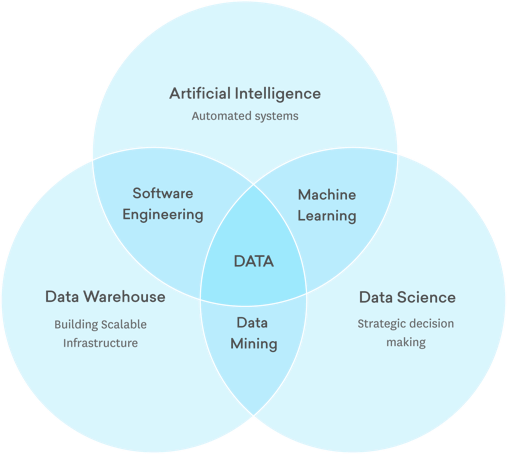Introduction
Technology revolution has rapidly changed the way businesses and users work. Businesses deliver great user experience powered by technologies such as AI, ML etc. Artificial Intelligence is already part of our lives that is delivering a great experience. Consumers expect the same level of experience in the workplace. IT leaders are having a lot of technology conversations around AI as customers expect a service similar to Amazon’s Alexa, Google Home etc. Instant response, personalization are fundamental expectations from a service desk. Therefore, the service desk will take a new dimension powered by AI and automation to deliver exceptional service.
According to a PricewaterhouseCoopers (PwC) report, the global economy can see a potential contribution of $15.7 trillion from AI by the year 2030.
There has been a mad rush for companies to go behind these technologies without understanding the fundamentals. If you are clueless or just starting to think about AI, don’t worry. You’re not alone. Though this technology is at a very early stage, this would be the vcompetitive differentiator in the future.
Leading analyst house Gartner predicts that 30% of CIOs will be investing in AI as one of their top five priorities by 2020.
This requires a lot of groundwork in order to understand, prepare and implement AI technology. This eBook gives you some practical tips on how to get ready for this AI revolution and groundwork that you could start today to handle this.






